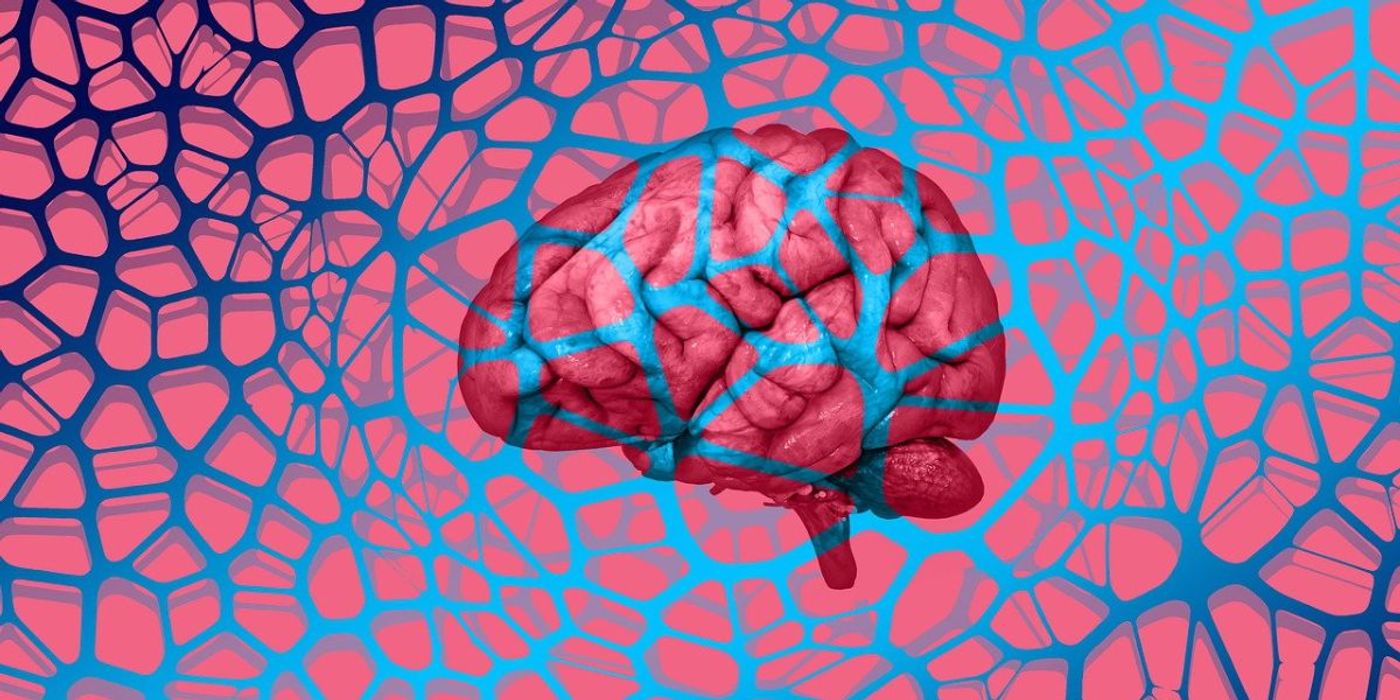New Lipid Nanoparticle System Delivers mRNA to the Brain

"Our findings highlight the potential of lipid nanoparticles in overcoming one of the major challenges in treating brain diseases," said co-corresponding senior author Eric J. Nestler, MD, PhD, Nash Family Professor in the Nash Family Department of Neuroscience at the Icahn School of Medicine at Mount Sinai, and Chief Scientific Officer of the Mount Sinai Health System, in a press release.
"We are very excited to continue evaluating this novel platform for broader therapeutic applications," he noted.
The blood-brain barrier acts as a protective shield for the brain, preventing many substances, including potentially beneficial therapies like mRNA, from reaching it.
In the current study, researchers designed and tested a range of lipids with the aim of increasing their ability to cross the blood-brain barrier. After various structural and functional analyses, they identified a lead formulation called MK16 BLNP that displayed significantly higher mRNA delivery efficiency than existing FDA-approved lipid nanoparticles.
The investigators noted that the system takes advantage of the blood-brain barrier's natural mechanisms, including caveolae and γ-secretase-mediated transcytosis to transport nanoparticles into the brain.
In experiments with mouse models of disease, the BLNP platform was able to deliver therapeutic mRNAs to the brain. The nanoparticles were also able to deliver mRNA to human brain ex vivo samples.
"Our lipid nanoparticle system represents an important step in the effort to develop mRNA-based treatments for central nervous system disorders," said co-corresponding senior author Yizhou Dong, PhD, Professor of Immunology and Immunotherapy at the Icahn School of Medicine at Mount Sinai in a press release.
"The study provides proof of concept that such an approach is viable and could be adapted for a range of diseases where gene therapy or mRNA therapeutics might play a role," he added.
Sources: Science Daily, Nature Materials








